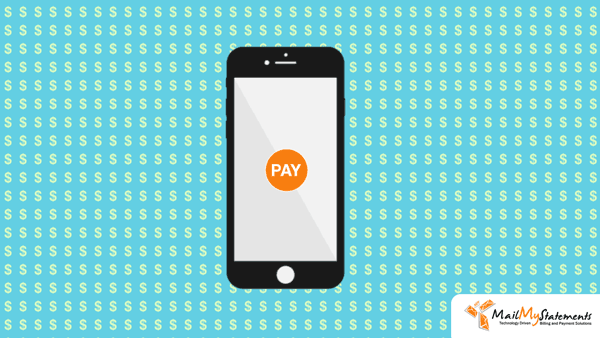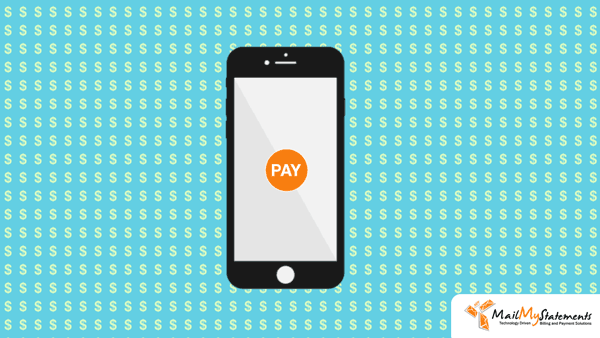4 Current Patient Payment Trends You Should be Following

Most medical systems share a common struggle: collecting patient payment. Recent uncertainty in healthcare only adds to this stress for both patients and practices alike.
While the healthcare industry continues to change in the coming years, the importance of medical practices staying current with patient payment trends will grow significantly. By doing so, you can ensure you reach patients in their preferred method of communication while also reducing the effort and stress associated with making payments.
Outsourced medical billing is increasing in popularity
Medical practices typically focus on one top priority: providing care to those with health problems. Billing, mailing, and collecting payments typically are not strong suits of a medical practice, even though these processes are integral functions of staying in business. More and more healthcare systems are opting to outsource their medical billing and collections to increase efficiency, enhance security, and provide more technology-driven solutions to their patients. In fact, the medical billing outsourcing market was valued at $6.3 billion in 2015 and is anticipated to reach a value of $16.9 billion by 2024.

Patients owe more for their healthcare bills
Patients are becoming increasingly responsible for higher portions of their medical bills — which not only makes it more difficult to pay, but also adds additional stress to the patient’s healthcare experience. As of early 2018, patients are responsible for 30% of their medical bills — a number that is projected to continually rise in the coming years. With patients holding such a high financial responsibility, appealing to their wants and needs regarding payment simplicity is the easiest way to encourage timely and complete payments.
Patients find their medical bills confusing
Financial communication between practice and patient typically leaves the patient confused about their owed balance. In a recent survey, a staggering 70% of patients reported confusion regarding their medical bills. The same survey also reports 65% of patients would switch to a healthcare provider who made the payment experience easier. Patients who feel confused or uncertain about their balance typically wait extended periods of time to make a payment, adding to a practice’s revenue cycle struggles.

Patients expect simplicity
In our current digital climate, consumers are accustomed to completing tasks in a matter of seconds with a simple touch-screen tap or vocal command. These technology-advanced services simplify transactions and increase revenues in various industries ranging from hospitality to retail. So why is healthcare still lagging behind in technology-driven services?
eStatements allow for advanced and clear communication, oftentimes linking to a branded payment portal site. From there, patients can simply enter their payment information and submit payment in minutes.
Other technology-driven payment options that appeal to patients include:
- QR code scans
- Mobile payments
- Credit card on file payments
- Text-to-pay capabilities
Offering a variety of payment options increases the likelihood of appealing to an array of patients, which directly correlates with increased collections.
Final Thoughts
Practices that stay current with patient payment trends tend to foster healthier relationships with patients by providing exceptional customer service and reducing stress. A customer-oriented focus often leads to increased collections and revenues through timely and complete payments.
MailMyStatements is a technology-driven statement and payment vendor dedicated to simplifying the billing process. Get in touch today to learn more about our easy and free onboarding process.

Derek Griffin is the VP of Sales and Business Development for MailMyStatements. He has over 13 years of experience as a healthcare sales executive, is experienced in multiple healthcare related fields from front office to billing and collections, and has worked in various roles within Optum, a UnitedHealth Group company and AdvanecedMD. He loves spending free time with his wife and kids, whether it is coaching the soccer team, attending dance recitals, or fixing bikes.
You can follow Derek on Twitter @Derek_Griffin1



Comments
Post a Comment